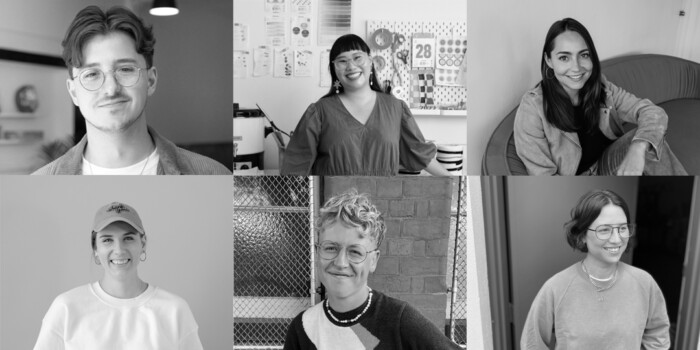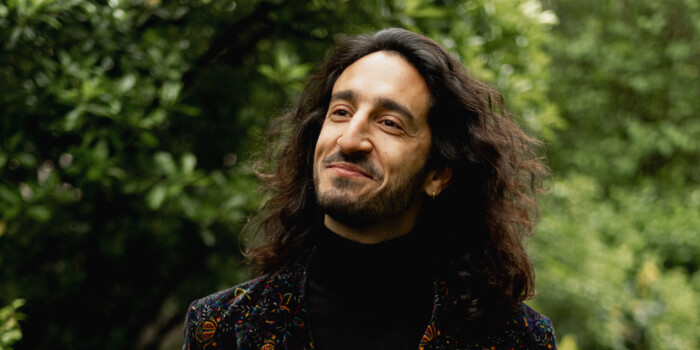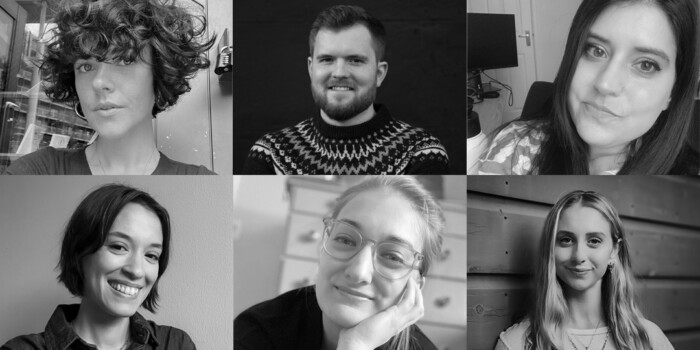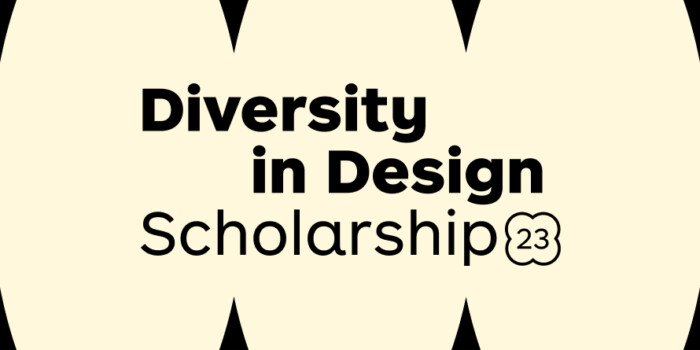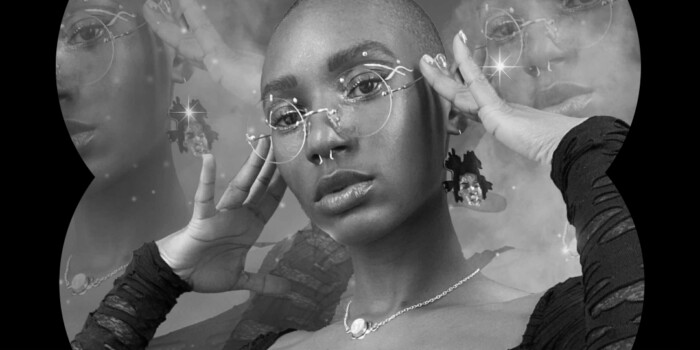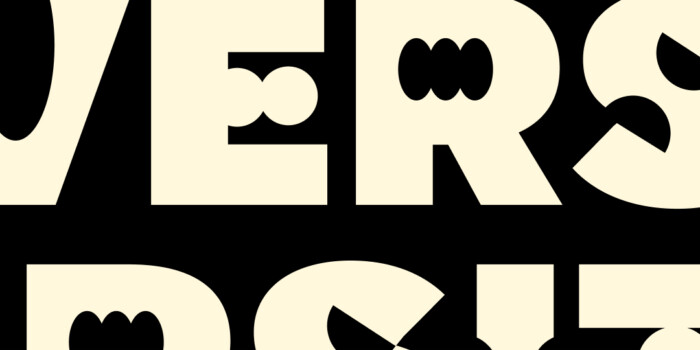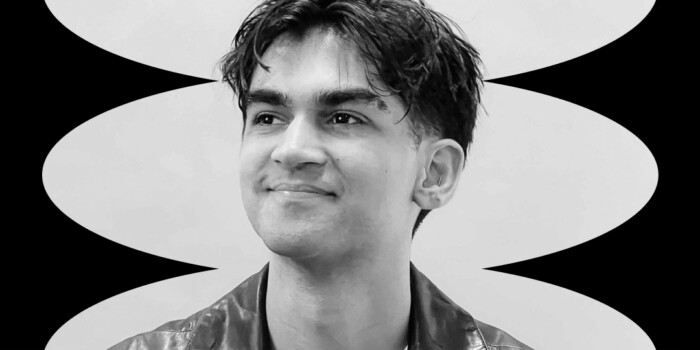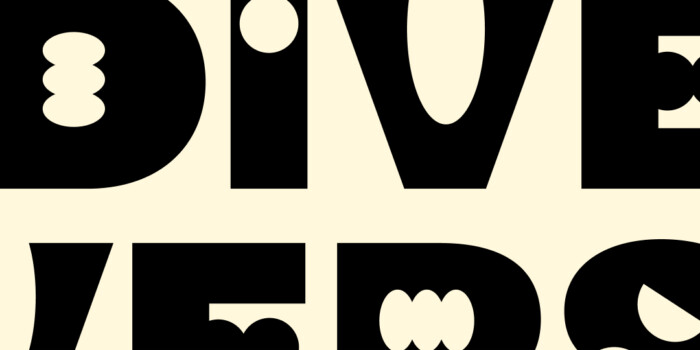I-AM’s Branding Process
It’s always exciting to welcome one of our industry contacts in for a guest lecture. It’s a wonderful opportunity for our current students to gain inspiration and strengthen their knowledge of the design industry. One of our recent talks was extra special as we welcomed Nicola Morland, one of our London graduates who’s now part of the design team at Shoreditch based branding agency I-AM. Along with fellow designer Emma Noble they provided an informative insight into the branding world, taking us on an enlightening journey through how they approach a new brief from the research stage all the way through to completion.
Read on to discover I-AM’s unique approach to the branding process, what they look for in a graduate and details of an extra special competition they’ve launched for graduates!
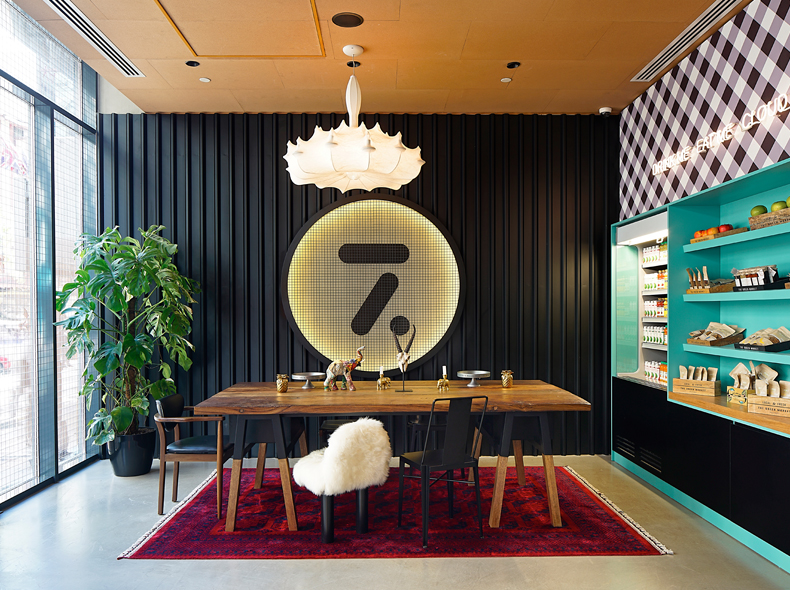
On a branding job can you tell us about the process you use when a new brief comes in?
If a new ‘start-up’ client comes in, it means we are helping them build their brand from scratch. This might be anything from a restaurant, to a new fashion brand. We have four stages involved in this process;
Brand Key Workshop
- Determining who the competition is (brands with the same, or a similar proposition)
- Who is the target customer? (This process involves selecting photos and then creating detailed profiles of our desired customers)
- Defining what the brand’s vision & mission is—what they want to achieve and how they are going to do that. Also determining what makes this brand different.
- Defining what the brands values are, along with its personality, general look & feel, tone of voice and general ‘essence’.
Customer Journey Workshop
- Initially we will take the client to a series of different stores or restaurants that we believe are doing something well (or badly!) and analyse this from the perspective of the target customer. We then note down any learning from this and work out how we could adjust and apply the best bits to our project.
- After visiting the stores we then work through our Customer Journey tool within a collaborative workshop. This is a tool we work through to understand what we want the customer to think, feel and do at each ‘stage’ of the Customer Journey, and then design the appropriate service/process for that stage. The Customer Journey moves through what the customer sees from the street, through to the orientation of the space, interaction with staff and then how to best generate advocacy once they leave.
- Working through these processes with the client allows us to generate our creative brief for the project.
Concept Presentations
- We usually present 2-3 very different creative routes to the client.
- A project team is usually made up of a graphic designer an interior designer, a creative director and an account manager (more if the project is larger scale). We collaboratively brainstorm in the studio to work out what our route ‘territories/concepts’ are going to be—this is the most important part of the project.
- Once we have determined what the route territories/concepts are we then start working up naming options, logo ideas and the general the look and feel of the brand—always working closely with the interior designers to make sure the graphics (2D) and interior (3D) elements are consistent and will work harmoniously together.
- The interior team will design the look and feel of the space from wall finishes through to the way the customers flow through the space and all the tiny details in-between.
- We present these ideas to the client for them to pick the desired route and we then develop it as a fully visualised concept based on feedback from the client.
Implementation & Build
- Once all elements have been signed off we start creating and art working all the branded assets. e.g. packaging, stationary, uniforms etc.
- The Interior designers create a design intent pack and this lists out what materials and items should be used where.
- We always need to work closely with all contractors during this period to make sure everything is being delivered to the high standard we expect and have designed.
How important do you think the research stage is? And can you give our students any tips on how to nail their research for a project?
Hugely important! If you don’t put in the time at the beginning to understand the target customer and what the brand wants to achieve you can easily end up designing for entirely the wrong audience and communicating the wrong messages.
The way you look and talk as a brand says everything about you (good or bad!)
Tip: Go see what’s out there! Do some hands-on research away from the computer screen—if you’re designing for a café, visit the cafes in you’re neighbourhood and see what they’re doing right/what you would do differently.
At Shillington we always ensure our students have at least three routes to show when working on a project. Do you always supply more than one route? And how advanced do they need to be before showing the client?
We will generally show a client 2-3 routes after the research stage of the project. At this stage it is important you show enough to give them a clear understanding of the idea and look and feel, but it’s also important you leave enough in your back pocket to ‘wow’ them for the next stage of development. For a first stage presentation, we would usually show logo development, colour ways, photographic / illustrative style, tone of voice and a couple of mocked up elements (bags, cups, t-shirts).
I AM has a graphic design and interior design department, as graphic designers how closely do you work with the interior designers? Do you think having other skills outside of that expected from a graphic designer is useful when working in branding?
Yes, it’s essential we work closely together as we need to ensure the brand experience is a holistic one.
Everything from a menu to the table it sits on needs to work together, and follow the brand language.
It’s great that as graphic designer you are able to understand how to work across many platforms and mediums. For the kind of work we do here at I-AM there are some skills you learn along the way, which wouldn’t necessarily learn as a student (e.g. reading site plans, spec’ing signage etc.)

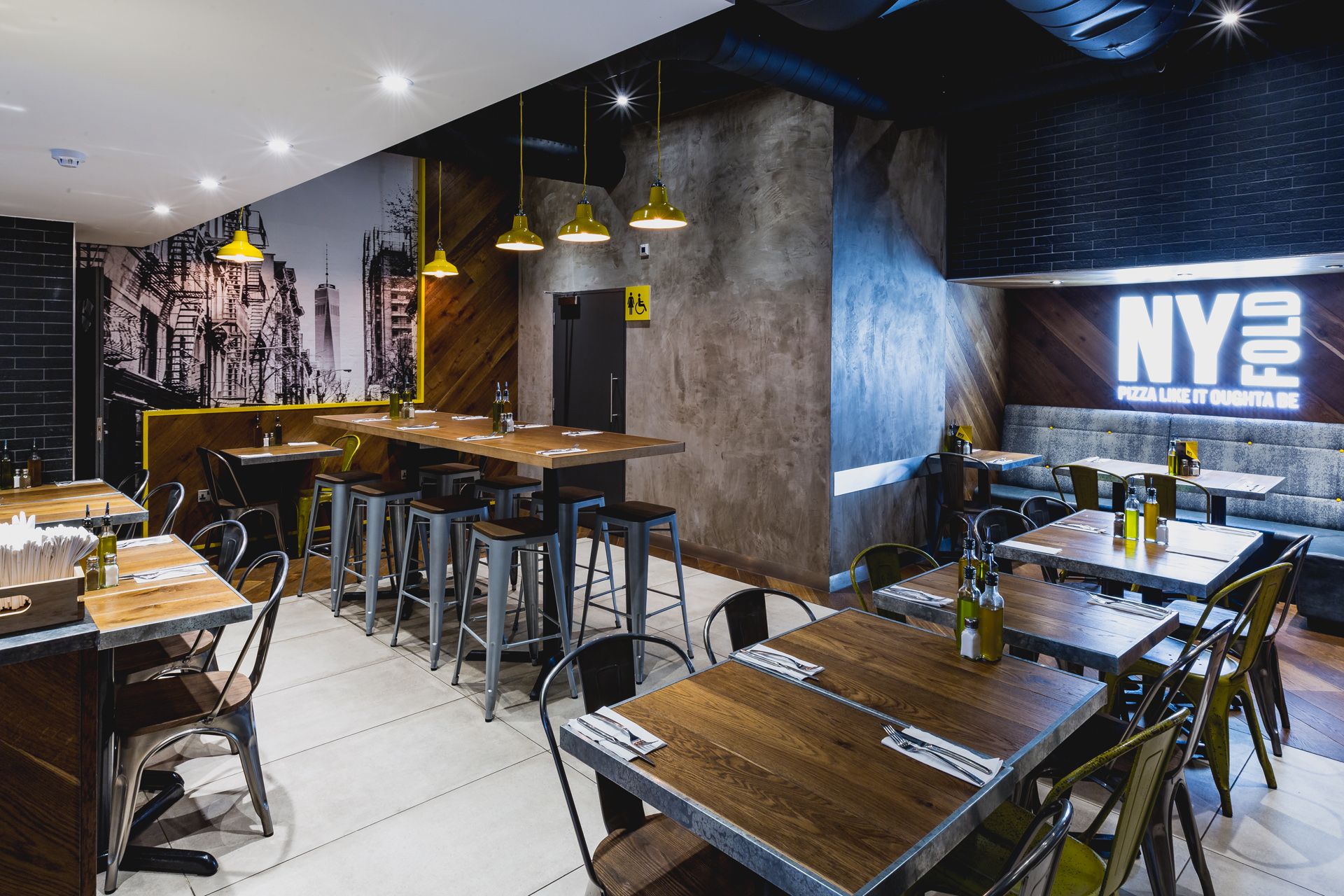
What should a design student eager to work within branding include within their portfolio to impress employers?
The key thing we look for in a strong portfolio is conceptual thinking. The work obviously needs to look great – but unless there is a reason or idea behind why you did something, then the project will lack substance, which means it’s harder to talk about and explain. And it’s really important you can talk confidently about your work. The story behind the work should be just as engaging as the aesthetic of the work. It’s good to see a variety of work in order to show the different platforms you can work across: print, digital, moving image, 3D, campaigns etc.
It’s always nice when you can see someone’s personality coming through in their work—this helps to give you a unique edge.
You’ve recently launched an internship competition, can you tell us what you look for in a design intern?
This is as well as the obvious – a unique creative thinker with strong design skills and knowledge of what’s current, along with a good eye for detail and a willing to learn and grow. I-AM is a really social environment and a fun place to work so it’s important that whoever joins is a team player and has a good personality – someone who works hard and does it with enthusiasm and positivity.
Huge thanks to I-AM for their industry talk and corresponding Q&A. Check out more from I-AM on their website and keep up to date with their news on Twitter, Instagram and Facebook. If I-AM sounds like your idea of design heaven you could be in with the chance of joining their team for a 12 month paid design placement! Read more about the exciting opportunity over here.
Want to win some amazing prizes and stay in the loop with all things Shillington? Sign up to our newsletter to automatically go in the draw.
